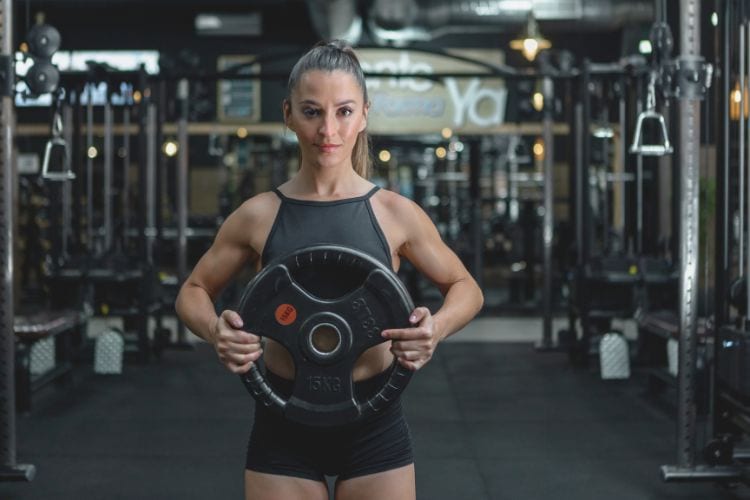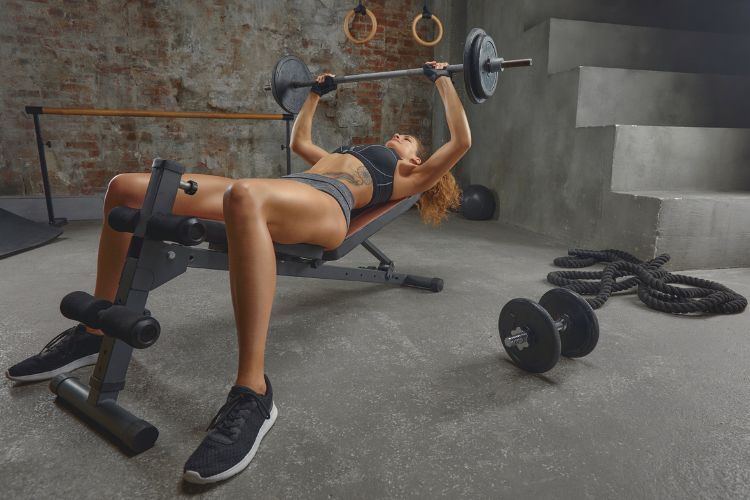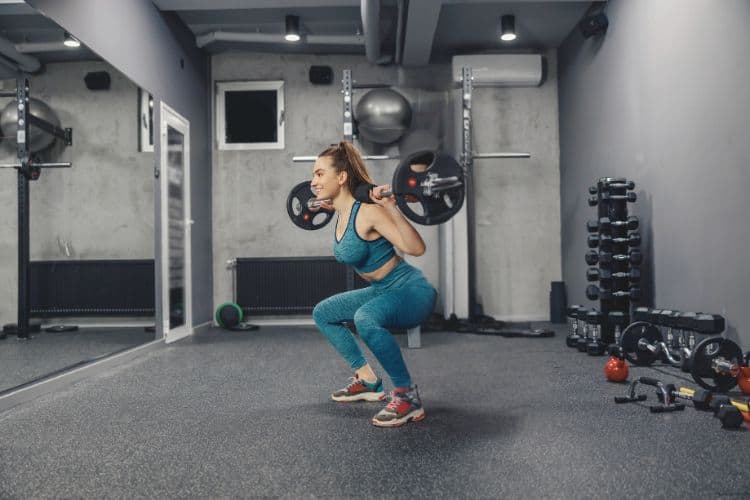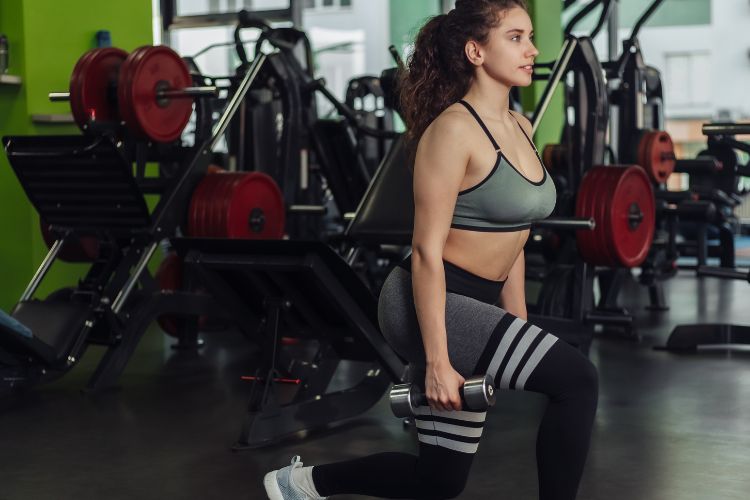Sign up for workout ideas, training advice, reviews of the latest gear and more.






Finding time to exercise can be challenging, but 20-minute full body workouts prove you don’t need hours in the gym to see real results. Whether you’re at home, at the gym, or on the go, a short, high-intensity session can help you burn fat, build strength, and boost your endurance. This guide will walk you through everything you need to know to master 20-minute full body workouts, from benefits to example routines, tips for success, and variations to keep things fresh.
20-minute full body workouts combine intensity, efficiency, and strategic movement patterns to deliver big results quickly. Here’s why they’re so powerful:
Short workouts eliminate one of the biggest excuses: “I don’t have time.” In just 20 minutes, you can achieve a calorie-burning, muscle-toning session that fits easily into any busy schedule.
Unlike isolated workouts that target just one muscle group, full body workouts involve multiple joints and muscles simultaneously, improving strength, coordination, and calorie burn all at once.
With dynamic compound movements, your heart rate stays elevated throughout the session, providing a cardio effect alongside muscle-building benefits. This enhances endurance and promotes fat loss.
These workouts require minimal or no equipment, meaning you can perform them at home, in a hotel room, or outdoors — wherever you find yourself.
Committing to short but intense full-body sessions can offer a wide range of fitness and health benefits.
High-intensity workouts create an afterburn effect known as EPOC (Excess Post-Exercise Oxygen Consumption). This means your body continues to burn calories even after the workout is finished.
Quick, effective movements stimulate muscle fibers, promoting muscle growth and strength over time — even with shorter sessions.
Consistently elevating your heart rate through high-intensity full-body movements helps lower blood pressure, improve circulation, and strengthen the heart.
A full-body workout that engages multiple muscle groups at once leads to a higher calorie burn, making it an efficient method for shedding fat and losing weight.
Movements like squats, lunges, push-ups, and rows mimic everyday activities, enhancing functional strength and stability.
For a 20-minute session to truly be effective, it needs to include a few key elements:
Spend a few minutes preparing your body with dynamic stretches like arm circles, hip openers, bodyweight squats, and light jogging. This reduces the risk of injury and gets the blood flowing.
Focus on multi-joint movements like:
These exercises engage multiple muscles at once for maximum efficiency.
Incorporating bursts of maximum effort, followed by short rests or low-intensity movements, boosts calorie burn and cardiovascular fitness.
Include exercises that challenge your core, such as planks, mountain climbers, or Russian twists, to build stability and balance.
End with stretching to improve flexibility, support recovery, and reduce soreness.
Here are a few sample 20-minute full body workouts to suit different fitness levels and goals.
Perform each exercise for 45 seconds, rest for 15 seconds, and repeat the circuit twice.
Focus on mastering form over speed. Modify exercises as necessary.
Perform 3 sets of 10–12 reps per exercise, resting 30 seconds between sets.
Choose a moderate weight that challenges you while maintaining good form.
Work 40 seconds on, 10 seconds off. Complete 4 rounds.
Push your pace during working intervals, but prioritize form to avoid injury.
Creating your own 20-minute workout can be easy when you follow a few simple guidelines:
Pick movements that collectively target the upper body, lower body, core, and cardiovascular system.
Decide on work-to-rest intervals, such as:
Have your next move ready to minimize downtime and keep your heart rate up.
Always prioritize proper technique over speed, especially when you’re tired.
Dedicate a few minutes to stretching your major muscle groups to aid recovery.
To maximize results, follow these quick but crucial tips:
20 minutes may not seem like a lot, but consistency is key. Aim for at least 3–5 sessions per week.
Progress by increasing your reps, adding weights, reducing rest time, or advancing to harder variations.
Timing yourself ensures you stay on track and make the most out of every second.
Prioritize exercises that give you the most bang for your buck — squats, rows, lunges, presses.
Pushing yourself is important, but so is recognizing when you need to rest or modify.
While bodyweight exercises are highly effective, adding simple equipment can spice up your routine and accelerate progress:
Avoid these pitfalls to make your sessions both safe and effective:
Jumping straight into intense moves increases your injury risk. Take those 5 minutes to warm up and cool down seriously.
Speeding through exercises without maintaining proper form reduces effectiveness and invites injury.
Since the session is short, you need to maintain high intensity to reap maximum benefits. Challenge yourself.
Stick to simple, effective movements. You don’t need complicated exercises to see amazing results.
Yes! As long as you focus on progressive overload — by adding weight, increasing reps, or decreasing rest — you can build significant strength and muscle.
Depending on your intensity and bodyweight, you can burn between 200–400 calories during a high-intensity 20-minute workout.
Absolutely. When performed consistently and with sufficient intensity, 20-minute sessions can improve strength, endurance, mobility, and body composition.
Aim for 3–5 times a week, depending on your goals, current fitness level, and recovery needs.
You don’t need long, grueling hours in the gym to achieve incredible results. With 20-minute full body workouts, you can build muscle, burn fat, and boost your overall fitness — all while fitting exercise into your busy life. Consistency, effort, and smart exercise selection are the keys to success. So grab a timer, clear a little space, and make every minute count!
Stay up to date on the latest women’s health, fitness and lifestyle trends and tips.